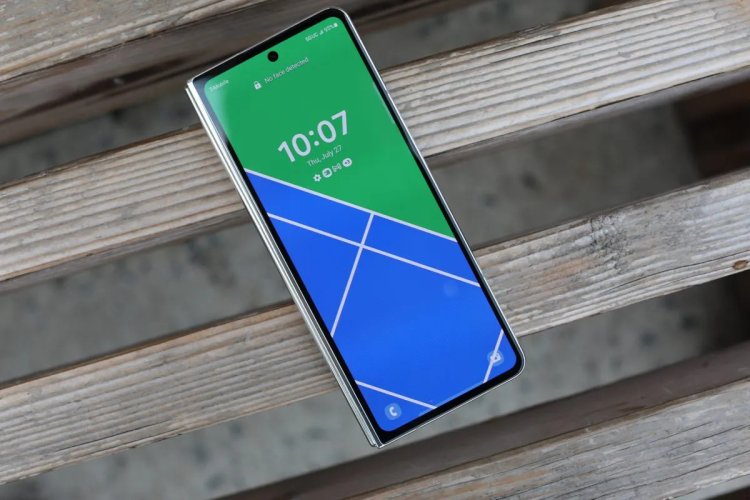Review of the Samsung Galaxy Z Fold 5
Samsung's Bold Step into the Foldable Realm: A Look Back and Forward

Back in February 2020, Samsung embarked on a groundbreaking journey, introducing the original Galaxy Fold despite initial screen challenges. This venture was met with a diverse range of opinions, with some dismissing it as "innovation for innovation's sake." The device, priced just shy of $2,000, sparked debates about the necessity of a pocket-sized tablet. Its size and bulkiness raised eyebrows, not to mention the noticeable crease in the screen.
While it might not be conclusive to say that Samsung's stance was unequivocally validated, the trends in 2023 are undeniably leaning in that direction. According to Counterpoint, foldable device shipments surged by 64% year-over-year in Q1, totaling 2.5 million units. While this figure represents a small fraction of the overall market, it signals a positive trajectory for a category that many believed wouldn't gain traction. This achievement becomes even more noteworthy considering the limited availability of foldable options until recently.
Planting a flag firmly in the sand can attract attention, and before you know it, you're surrounded by a sea of other flags. While it may be premature to declare 2023 as the definitive year of the foldable, it's certainly the year that witnessed a surge in companies entering the foldable arena. Motorola unveiled a second-generation device, Google joined the foldable fray, OnePlus is preparing to launch its own, and its parent company already boasts two models, mirroring Samsung's approach.
Surprisingly, even tech giant Apple is rumored to be entering the foldable market by 2024 or 2025, contingent on supply chain considerations. As the foldables segment expands, the Galaxy Z line is poised to encounter fiercer competition.
China has emerged as the world's largest foldables market, with a substantial 117% year-on-year growth. Samsung holds a close third position in the Chinese market, trailing behind Huawei and Oppo. Despite the international trade challenges faced by the former, Samsung's introduction of the W23 and W23 Flip — variants of the Fold 4 and Flip 4 featuring an opulent black and gold design — contributed to its growth in the region.
The adage "you only get one chance to make a first impression" holds true. The original Galaxy Fold undeniably made a significant impact, but even revolutionary design is subject to the constraints of physics. Progress cannot be expected to completely reshape the landscape each year. Some enhancements will prove more impactful than others, but overall, refinement becomes the name of the game after ironing out initial hiccups.
The Galaxy Z Fold 5 represents a step in this iterative process. It fulfills the role of a competent smartphone, though its significance is magnified in the context of the rapidly evolving foldables category that the Galaxy Z line helped pioneer. Positioned as a benchmark, the Fold 5 will inevitably serve as the standard against which all other foldables are measured — whether justly or unjustly, for better or for worse.

 chandni
chandni 



